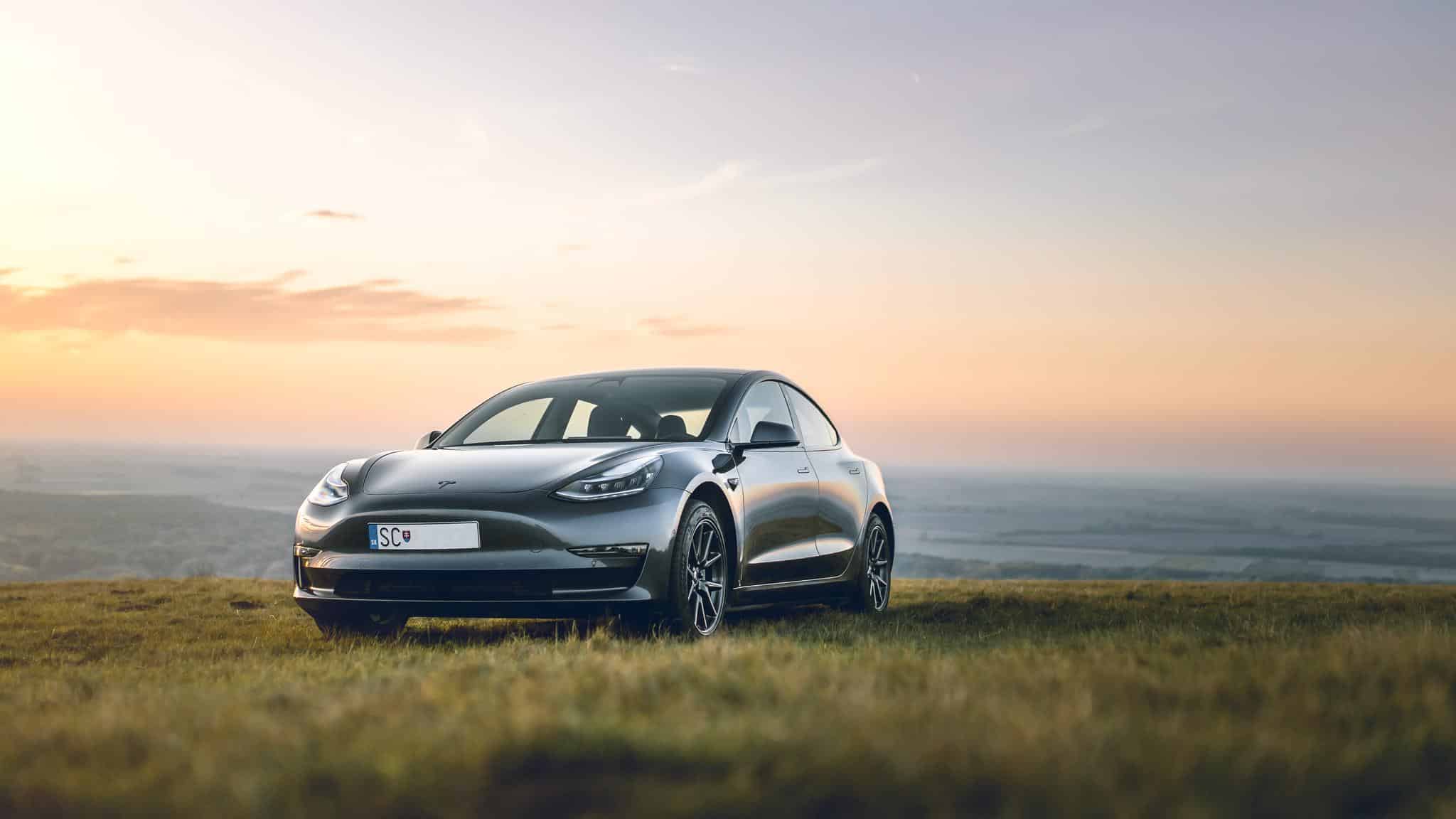
China's 2020 new energy vehicle subsidy policy has recently been introduced, making expectations for Model 3 price cuts rise recently. Today's Tesla announcement makes the expectations a reality.
Tesla said today that in order to allow more Chinese consumers to enjoy more cost-effective Tesla products and to meet the requirements of the state subsidies for new energy vehicles, the price of the standard range upgrade of the Chinese-made Model 3 will be reduced to less than 300,000 yuan, the new price will be announced on the official website tomorrow.
300,000 yuan threshold.
On April 23, the Ministry of Finance, Ministry of Industry and Information Technology, Ministry of Science and Technology, Development and Reform Commission issued the "Notice on the improvement of new energy vehicle promotion and application of financial subsidy policy", the actual subsidies retreat slower than in 2019.
In 2020, the new energy vehicle subsidy policy will regress by 10% on the basis of 2019, and new energy vehicles with a range between 250KM and 300KM during the transition period and meeting the 2019 subsidy criteria will enjoy 0.5 times the 2019 subsidy, and will not enjoy the subsidy after the transition period.
Pure electric passenger cars with an extended range of 300 KM or more can make up to 22,500 RMB, down 10% from 2019. Subsequent years, 2021 and 2022, will see a 20 per cent and 30 per cent regression, respectively, from the previous year.
The energy consumption index of the whole vehicle is slightly adjusted, and the energy consumption index of 100 km can be compensated up to 1.1 times. According to the new energy vehicle tax exemption catalogue for the period of 28-30 batches in 2020, 75 of the 125 passenger car models can get a coefficient of 1.0 or more, accounting for 76%.
Battery energy density requirements remain the same as in the 2019 version, and the operating vehicle subsidy factor remains at 0.7 times.
Overall, the change was modest, in line with the market's previous expectations.
One of the most attention-grabbing adjustments is the requirement that the selling price of new energy passenger cars must be less than 300,000 yuan (including 300,000 yuan) before the subsidy, and in particular, in order to encourage the development of a new business model of "power exchange", "power exchange mode" vehicles are not subject to this requirement.
The current 300,000+ domestic electric vehicles include the Tesla Model 3, Nio ES 6, Polestar 2, Tenshi X, Sky ME 7, Beyton M-byte, etc. Among them, Nio ES 6 is the switch mode is not affected, while China-made Tesla Model March sales have broken ten thousand, affected by the big.
Impact on Tesla profits
Analysts at Huachuang Securities said after the introduction of the new policy, due to the impact of the new subsidy policy in 2020, the Tesla standard range version of the price may be reduced from 3238,000 yuan to within 300,000 to continue to receive subsidies. A price cut would have a further impact on fuel cars and entry-level luxury cars.
Tesla's announcement today confirms that expectation. And from the above report from Huachuang Securities, we can see the possible impact of the New Deal on Tesla's profits.
The report said that, excluding the impact of the mark-up on the long-range version, due to depreciation, SG&A non-logistics part of the fixed costs, the price reduction of 23,900 yuan, the need for sales growth of 20-27% to obtain the previous total profit. But for Tesla, sales are more important than profit in the constraints of its business goals, so Tesla's willingness to cut prices will actually be stronger. If you consider the impact of the markup on the long range version, the report writes:
When prices are similar, demand will be tilted towards long range, e.g. between the current and official periods, with no price reduction and a price difference of $43,000.
When the price difference is large, the demand will be tilted towards the Standard Airline, i.e. after the Standard Airline price reduction, the price difference will reach 89,000 yuan, while the Standard Airline version will attract more competitors' consumers due to the price reduction.
The report says that if the standard version is reduced in price, sales growth would need to be higher than 20-27% to make up for the loss of profit from the decline in long-range sales.
